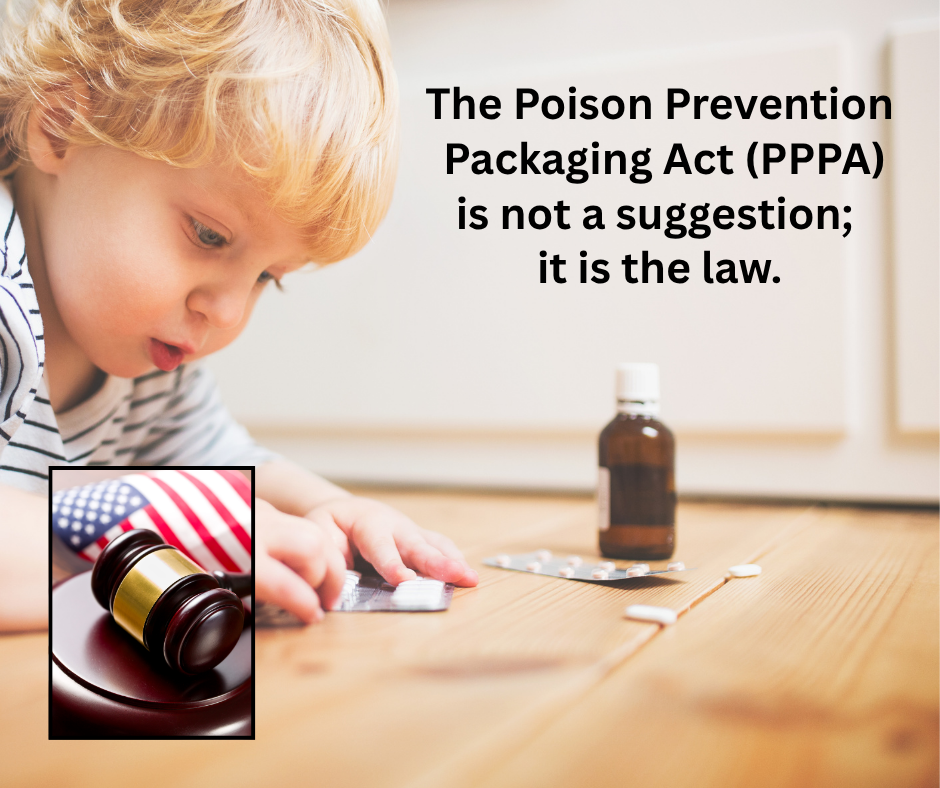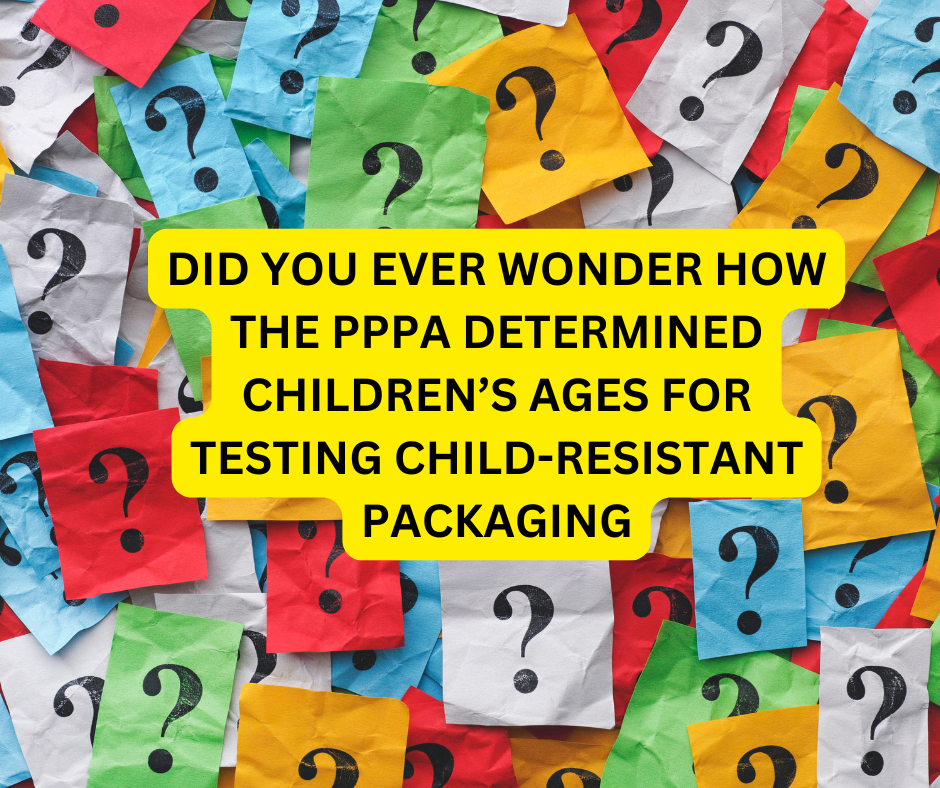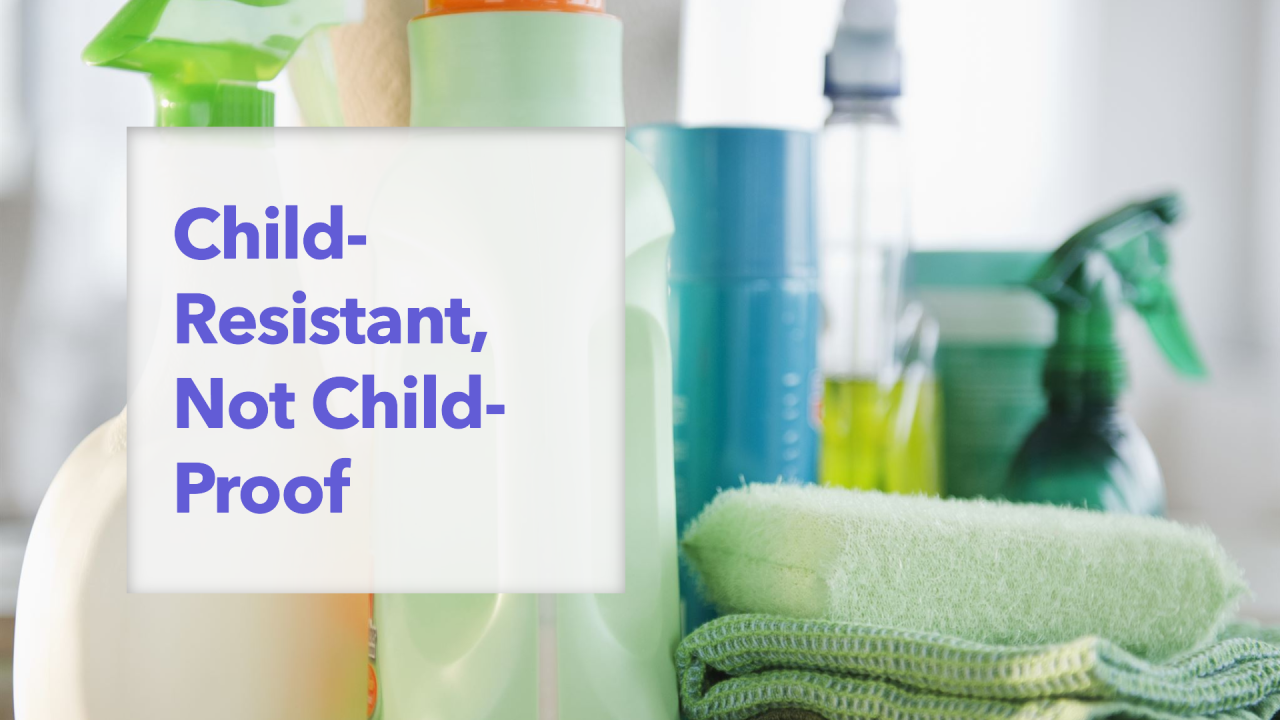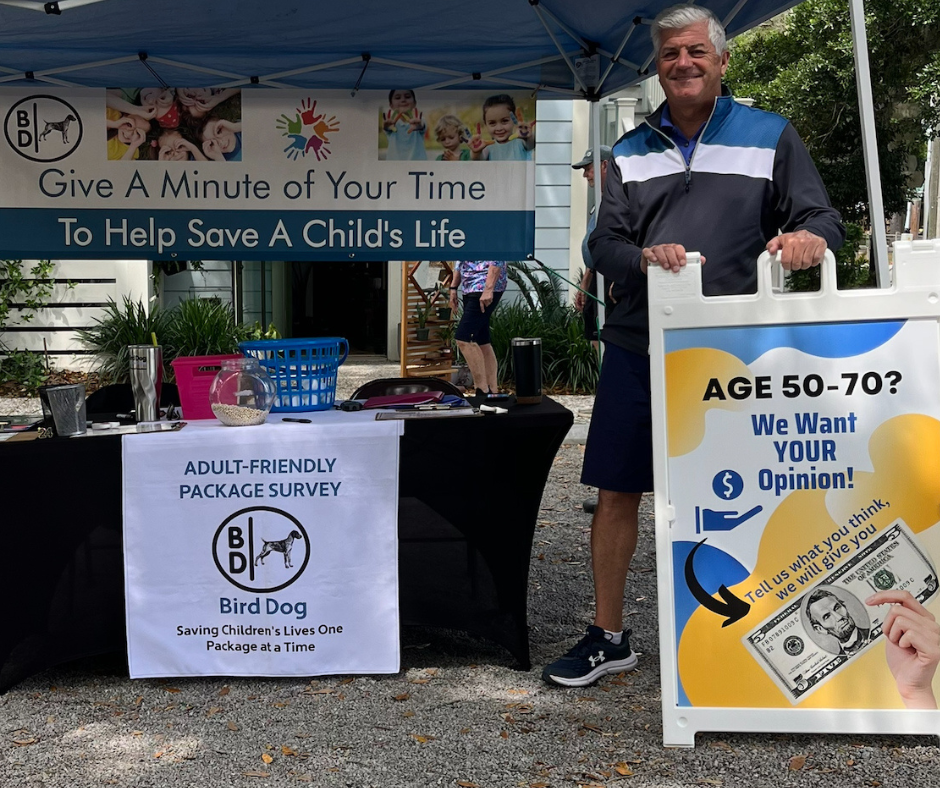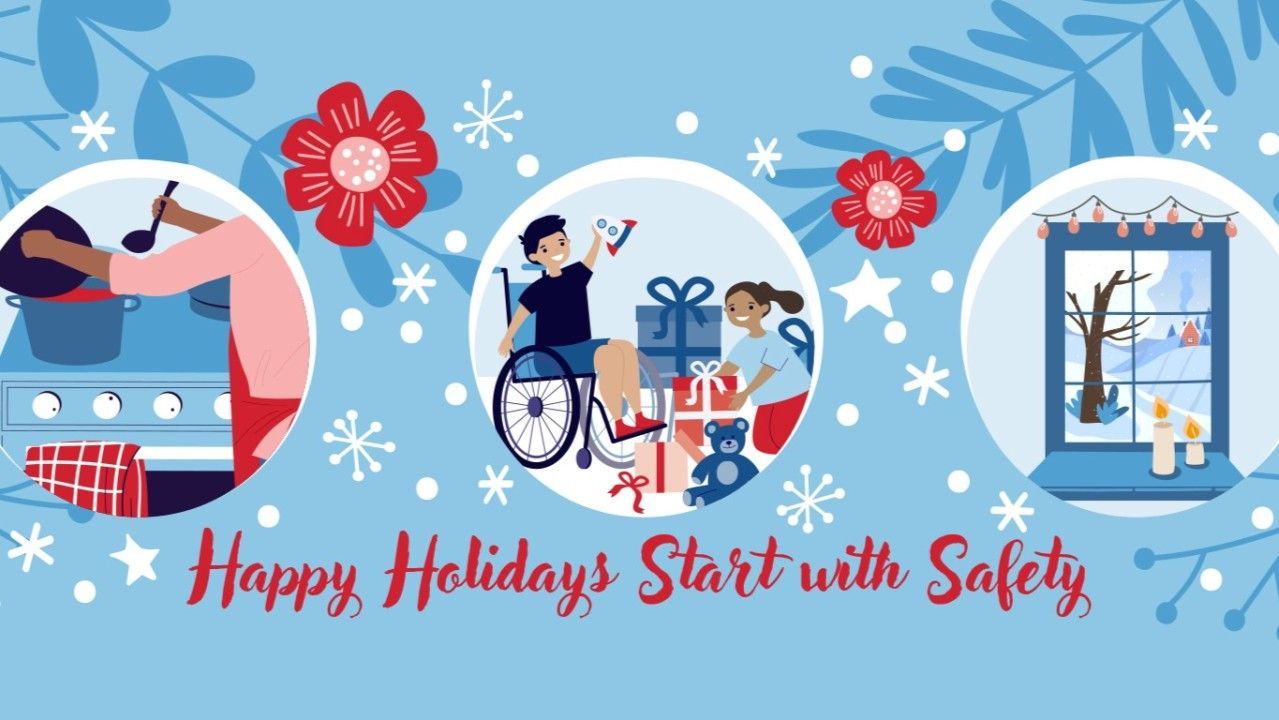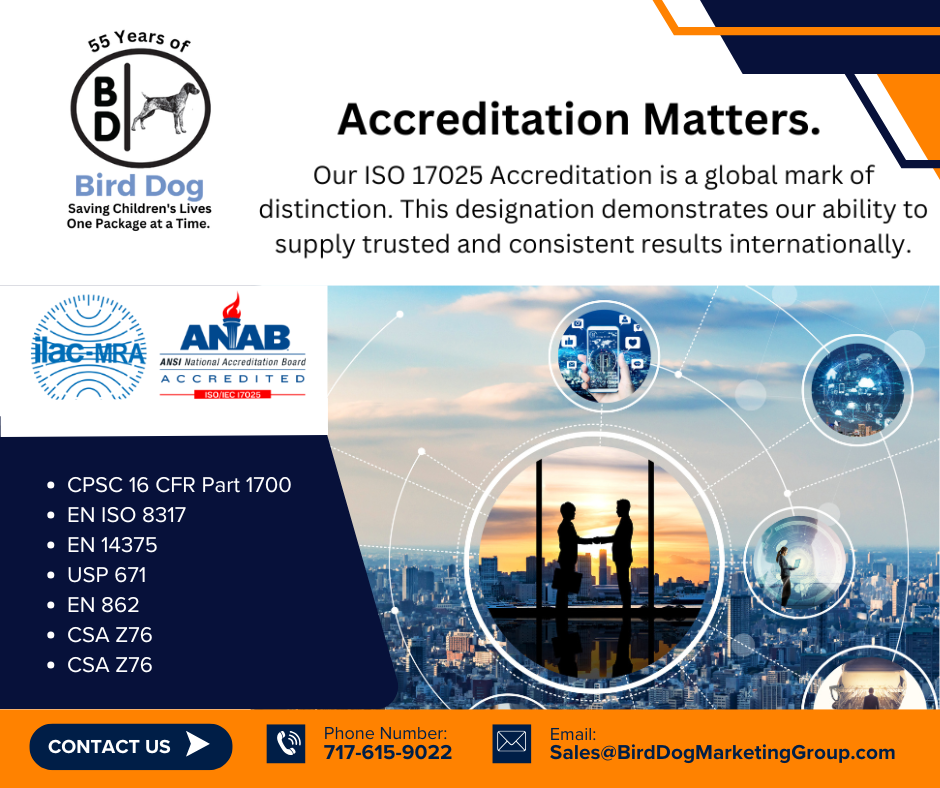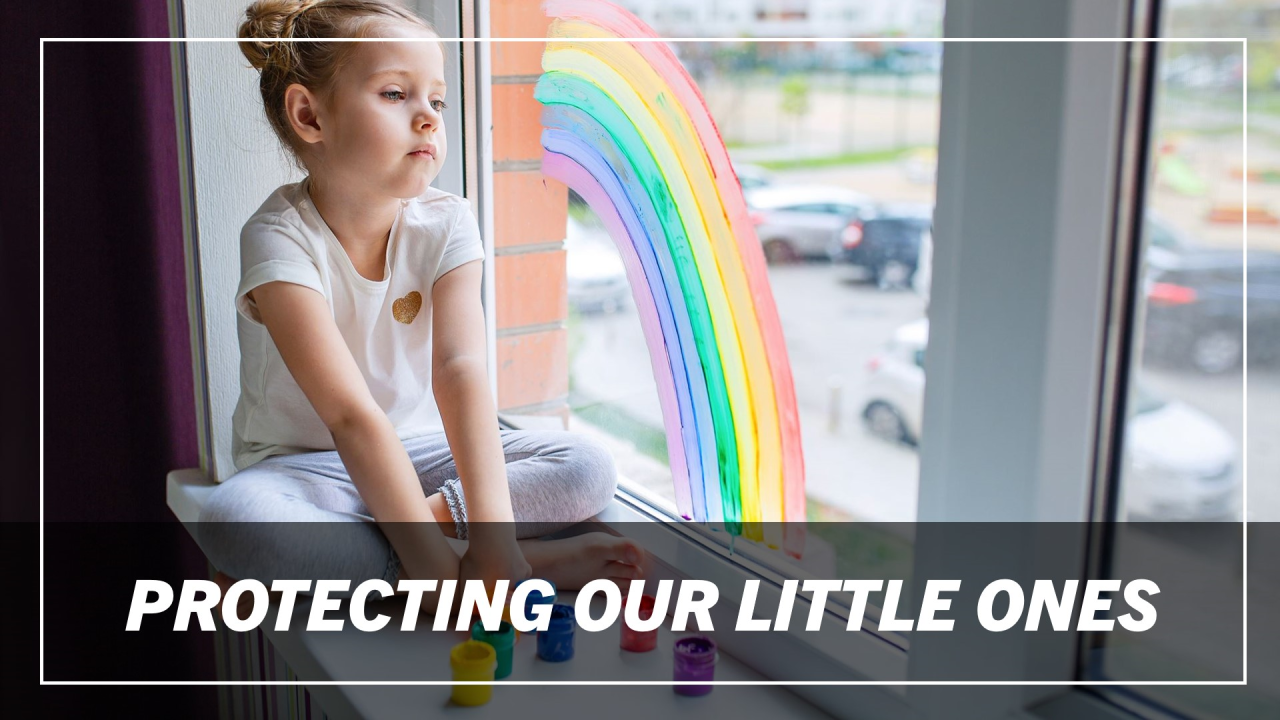Bird Dog Marketing Group Leaders Proud to Participate in CDC's PROTECT Initiative Taskforce
CDC's PROTECT Initiative Taskforce
We are honored to have Bird Dog Marketing Group's Co-CEOs Dave Hipple and Mark Perkins invited to participate in the CDC's PROTECT Initiative Taskforce, a collaborative coalition of medical and non-medical partners focusing on the advancements of child safety regarding medicine.
Medication overdoses continue to be a significant health problem among all ages, but children under 5 are the most vulnerable. The
PRevention of
Overdoses and
Treatment
Errors in
Children
Taskforce (PROTECT) is focusing on three initiatives: safer packaging, safer use, and safer storage.
For over 50 years, Bird Dog Marketing Group has been involved in the child-resistant package testing industry. Our company founder, Gene Miller, was involved in establishing the first protocols for child-resistant testing in 1969. Our current leadership continues to be committed to the child-resistant package industry and participating in the critical conversations occurring regarding current package safety, innovative package research, and the need to increase parents' and grandparents' education about medication safety regarding children.
The CDC's PROTECT Initiative website highlights the following:
Data from the National Electronic Injury Surveillance System-Cooperative Adverse Event Surveillance (NEISS-CADES) project estimates that each year in the United States:
- Approximately 50,000 emergency department (ED) visits result from unintentional medication overdoses among children under the age of 5;
- One out of every 150 two-year-olds is treated in an ED for an unintentional medication overdose;
- Over 90% of ED visits for unintentional medication overdoses among children under the age of 5 involve children who get into medicine on their own without caregiver oversight; and
- Approximately 5% of ED visits for unintentional medication overdoses among children under the age of 5 are due to medication errors. A common error is when caregivers measure and give too much medicine by mistake.
The three areas of focus include:
- Packaging improvements to prevent unsupervised ingestions of medication. One of the recent innovative packaging enhancements has been the introduction of flow restrictors for oral liquid medications. Flow adaptors limit the amount of liquid that can come out of the bottle, even if it is turned upside down or squeezed.
- Standardization of dosing measures. Develop standardization of dosing measures for liquid medication for children to reduce confusion for caregivers. These standards focus on how the dosage is displayed on the containers.
- Education on safe medication use and storage. This particular area incorporates a campaign called Up and Away and Out of Sight that focuses on actions that parents, grandparents, and caregivers can take to prevent medication overdoses in their homes. This area of focus also explores medication storage, including pill organizers, which are known to be non-child-resistant.
Collaboration among all the taskforce experts provides an opportunity to learn from experience and develop exciting initiatives to save more children from accidental poisoning. We are proud to share Bird Dog Marketing Group's experience with our PROTECT Initiative colleagues and appreciate the opportunity to participate in the essential work that needs to take place to keep children safe.
Learn more:
Bird Dog Marketing Group History (Gene Miller/Dave Hipple/Mark Perkins)
